Introduction
TikTok’s ascent to global prominence underscores both the potential and the vulnerabilities of centralized Web2 platforms. The app has attracted over 1 billion users worldwide and more than 170 million users in the United States alone. However, TikTok’s legal entanglements across multiple jurisdictions illustrate how a Web2 platform’s centralization can become an Achilles’ heel. In this post, we explore TikTok’s major legal battles, analyze their implications for the Web2 ecosystem, and suggest strategies for users and businesses to mitigate such platform fragility.
The Rise of TikTok in the Web2 Era
TikTok launched internationally in 2018 after ByteDance acquired and merged with Musical.ly in 2017. The platform’s algorithm-driven content feeds revolutionized short-form video consumption and spawned a new wave of creators and influencers. By early 2020, TikTok had surpassed 200 million users in India, making it the largest market outside of China. Its rapid growth hinged on Web2’s hallmark traits: centralized control, scalable cloud infrastructure, and reliance on user data for targeted content delivery. This centralization enabled TikTok to deliver personalized experiences but also exposed it to regulatory scrutiny and geopolitical tensions.
Major Legal Challenges Faced by TikTok
U.S. Security Concerns and the Ban Legislation
In 2020, the U.S. federal government raised concerns that TikTok’s parent company, ByteDance, could be compelled by the Chinese government to share U.S. user data or influence content for propaganda purposes. Congress subsequently passed a law mandating that ByteDance divest TikTok’s U.S. operations or face removal from app stores and web hosting services by January 2025. TikTok challenged the statute in federal court, arguing it infringed on users’ First Amendment rights and unfairly targeted one platform. A federal appeals court upheld the law, emphasizing national security over free speech considerations and signifying a landmark decision on foreign-owned technology firms.
Children’s Privacy and the COPPA Settlement
In 2019, the Federal Trade Commission charged TikTok’s predecessor, Musical.ly, with violating the Children’s Online Privacy Protection Act by collecting personal information from children under 13 without parental consent. The FTC imposed a $5.7 million settlement, marking one of the largest COPPA penalties for a social media platform at that time. TikTok updated its policies to restrict data collection from users under 13 and introduced enhanced age-gating measures to achieve COPPA compliance going forward.
European Data Protection and the GDPR Fine
In May 2025, Ireland’s Data Protection Commission levied a record €530 million fine against TikTok for non-compliance with the General Data Protection Regulation. The regulator found that TikTok failed to demonstrate adequate safeguards preventing its China-based staff from accessing Europeans’ personal data. The DPC also cited shortcomings in TikTok’s transparency regarding international data transfers and remote access arrangements, compelling the company to rectify its practices within six months or risk suspending data transfers to China.
Geopolitical Bans: India’s National Security Rationale
In June 2020, India banned TikTok along with several other Chinese-origin apps amid a border dispute with China and growing domestic concerns over data sovereignty. The Indian government cited threats to national security and order, resulting in a sudden loss of access for 200 million TikTok users. The ban catalyzed the rise of domestic and alternative short-form video platforms such as Instagram Reels and YouTube Shorts, underscoring how state intervention can rapidly reshape the Web2 landscape.
What These Cases Reveal About Web2 Platforms
Centralization Breeds Vulnerability
TikTok’s legal struggles highlight that centralization, the defining feature of Web2, can concentrate risk as much as it delivers efficiency. A single point of authority over data storage, content moderation, and infrastructure control becomes an obvious target for regulatory action or geopolitical maneuvering. When governments or regulators perceive centralized platforms as threats, they can impose severe restrictions or bans with far-reaching consequences.
Data Privacy and Trust Erosion
Repeated data privacy infractions erode user trust and invite stricter oversight across all Web2 platforms. TikTok’s COPPA settlement and GDPR fine illustrate that platforms handling vast amounts of personal data must invest continuously in compliance and transparent practices. A lapse in privacy safeguards not only triggers financial penalties but also undermines brand reputation, making recovery more challenging in a competitive environment.
Regulatory Fragmentation
TikTok’s experiences in the U.S., EU, and India demonstrate the complexity of navigating disparate regulatory regimes. Web2 companies operating globally must adapt rapidly to divergent data protection laws, age-gating requirements, and national security frameworks. Failure to align with local regulations can result in market exclusion or unplanned divestitures, as seen in TikTok’s U.S. divestiture mandate and India’s outright ban.
Competitive Disruption and Market Dynamics
State-imposed bans and enforced divestitures create market vacuums that competitors can exploit. After India’s TikTok ban, existing global platforms with localized offerings gained user share, and domestic startups emerged to fill the void. Web2 incumbents must monitor regulatory trends closely and diversify their product portfolios to hedge against sudden market exits or legal restrictions.
Lessons for Users and Businesses
Diversify Digital Strategies
Relying on a single Web2 platform for content distribution or community building exposes users and businesses to platform-specific risks. Organizations should cultivate a multichannel presence across social media, email lists, and owned digital assets to maintain continuity if one platform becomes inaccessible.
Prioritize Data Portability
Web2 platforms often lock users into proprietary ecosystems, complicating data migration if legal or business disruptions occur. Adopting open standards, encouraging exportable user data, and maintaining independent backups can mitigate the fallout from platform unavailability or policy changes.
Foster Compliance and Transparency
TikTok’s legal setbacks underscore the importance of proactive compliance with evolving privacy and security regulations. Web2 companies should engage with regulators, conduct regular audits, and communicate data practices clearly to users. Demonstrating transparency can preempt punitive enforcement actions and build long-term trust.
Embrace Decentralized Alternatives
While Web2’s centralized model offers convenience, emerging decentralized Web3 solutions promise greater resilience by distributing control among participants. Businesses and creators exploring blockchain-based networks or decentralized social platforms can reduce dependence on centralized gatekeepers and align with user expectations for privacy and autonomy.
The Future: Decentralization and Web3 Alternatives
The fragility exposed by TikTok’s legal challenges has renewed interest in Web3 concepts such as decentralized identity, peer-to-peer networks, and token-based governance. Blockchain-powered platforms like Mastodon and social tokens for creators are gaining traction, offering censorship resistance, user-owned data, and community-driven moderation. However, Web3 is still nascent, and widespread adoption will depend on solving usability, scalability, and regulatory clarity issues.
Conclusion
TikTok’s complex legal journey—involving U.S. national security legislation, children’s privacy settlements, European data protection fines, and geopolitical bans—serves as a cautionary tale for all Web2 platforms. Centralized control over data and content, once seen as a hallmark of efficiency, now represents a critical vulnerability in an era of heightened regulatory scrutiny and geopolitical competition. Users and businesses alike must embrace diversification, data portability, and transparency to navigate an evolving digital landscape. As decentralization gains momentum, the next frontier of social media and online platforms may lie in leveraging Web3’s resilience and user empowerment to safeguard against the fragility inherent in today’s centralized web.
Frequently Asked Questions
Q1. Why has TikTok been banned or restricted in several countries?
TikTok has faced bans due to national security concerns, data privacy regulations, and
geopolitical tensions, leading governments to restrict its operation or require divestiture.
Q2. How do TikTok’s legal challenges affect everyday users?
Legal actions can lead to limited access, blocked app updates, and loss of communities or content if platforms are removed from app stores or banned.
Q3. What is COPPA, and how did it impact TikTok?
COPPA is a U.S. law protecting children’s online privacy under 13, and TikTok’s predecessor Musical.ly paid a $5.7 million FTC settlement for collecting children’s data without parental consent.
Q4. Could other Web2 platforms face similar legal risks?
Yes, any centralized platform handling user data and content can confront privacy breaches, national security scrutiny, or regulatory changes in different jurisdictions.
Q5. What steps can users take to protect their data on Web2 platforms?
Users should review privacy settings, use platforms that offer data export features, and back up important content independently to mitigate platform disruptions.
Q6. How might Web3 address the fragility of Web2 platforms?
Web3 introduces decentralized networks where users control their data, governance occurs via community consensus, and censorship resistance is built in, reducing single points of failure.
Q7. Is Web3 adoption a guaranteed solution for platform fragility?
Not yet; Web3 must overcome scalability, user experience, and regulatory clarity challenges before it can fully replace or complement centralized Web2 systems.
Disclaimer
We’ve combined the power of AI with in-depth research to bring you this well-curated article. Every detail has been double-checked to ensure that it adds value to your knowledge. Our goal is to help you navigate your journey with useful, accurate, and easy-to-understand content.
Enjoy your reading and keep exploring!

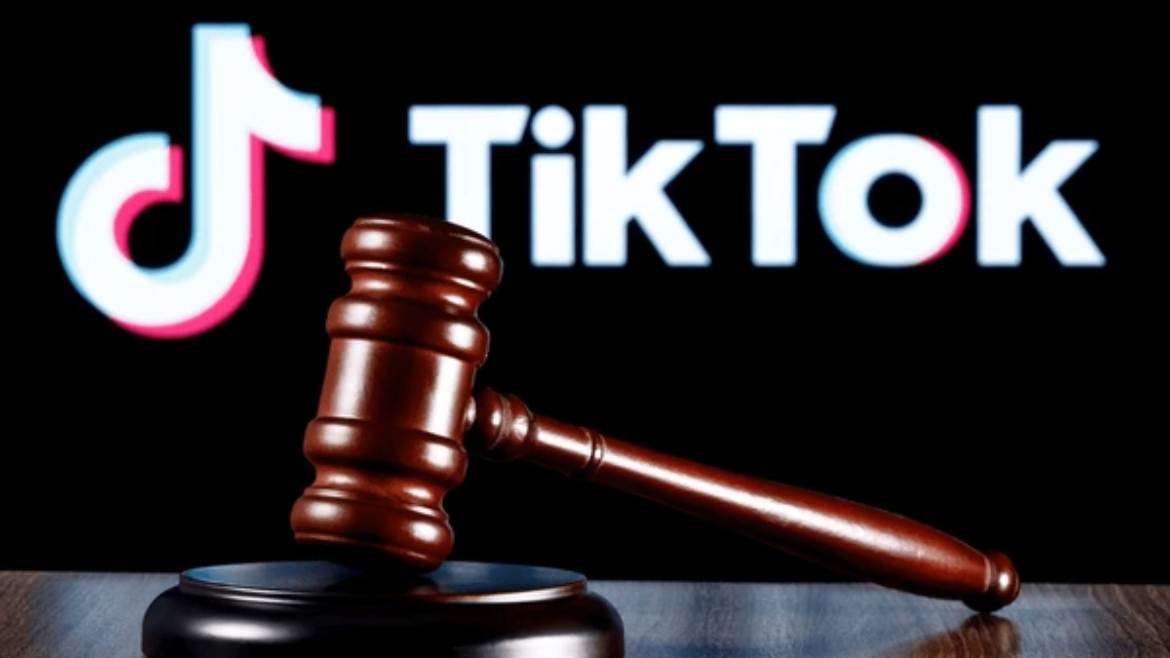
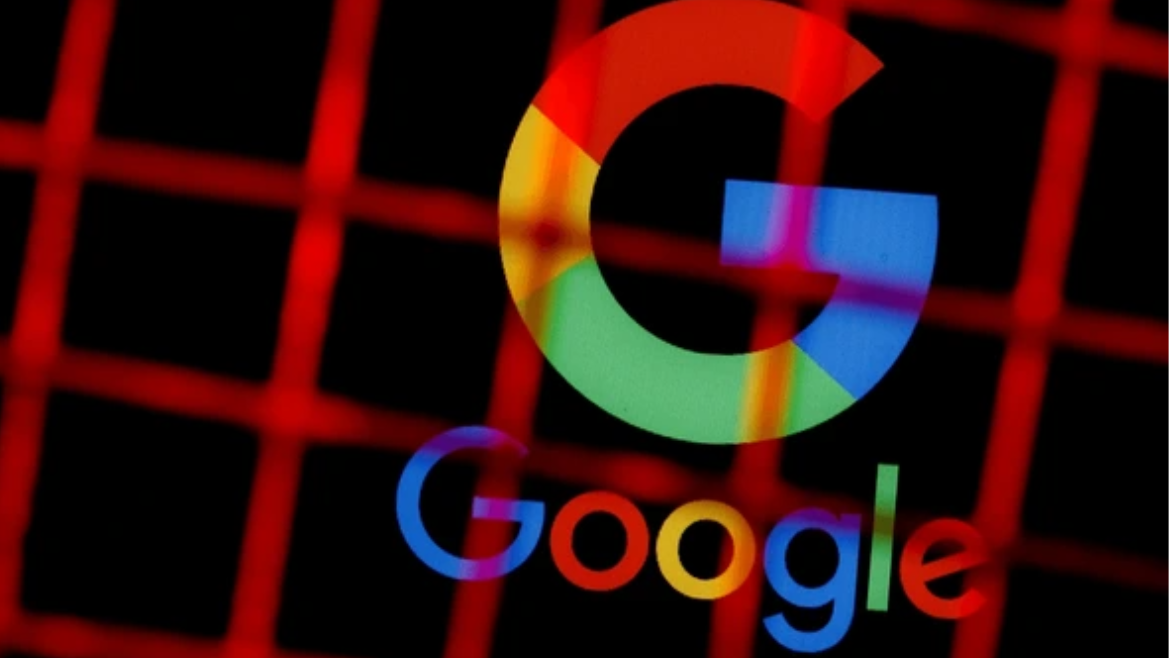




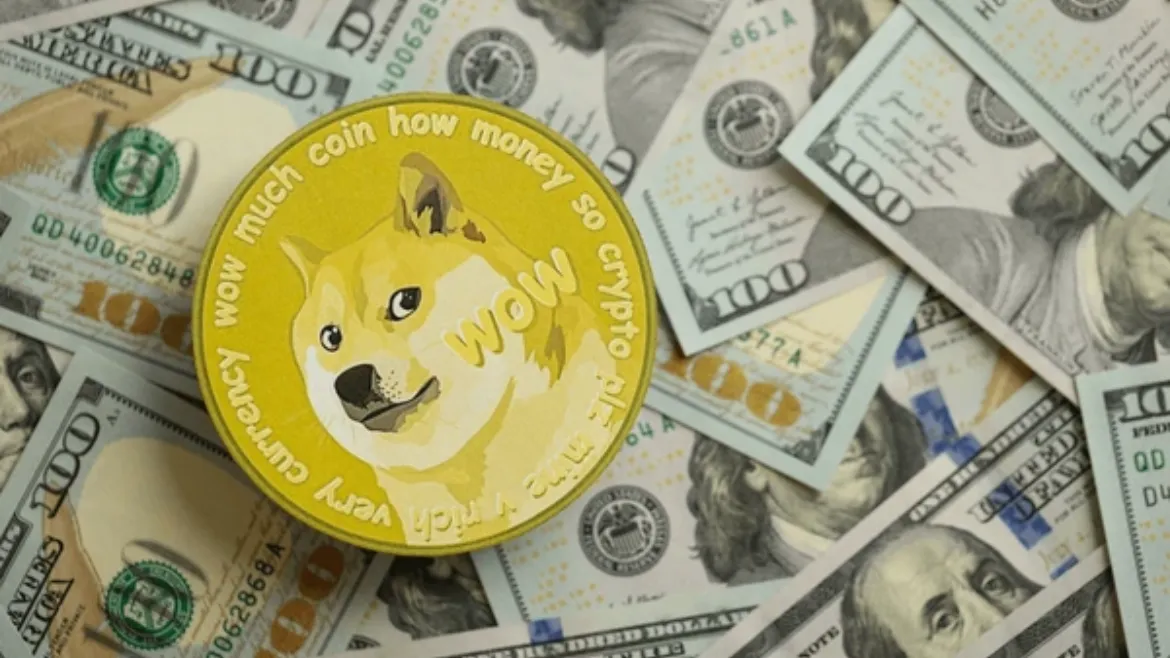
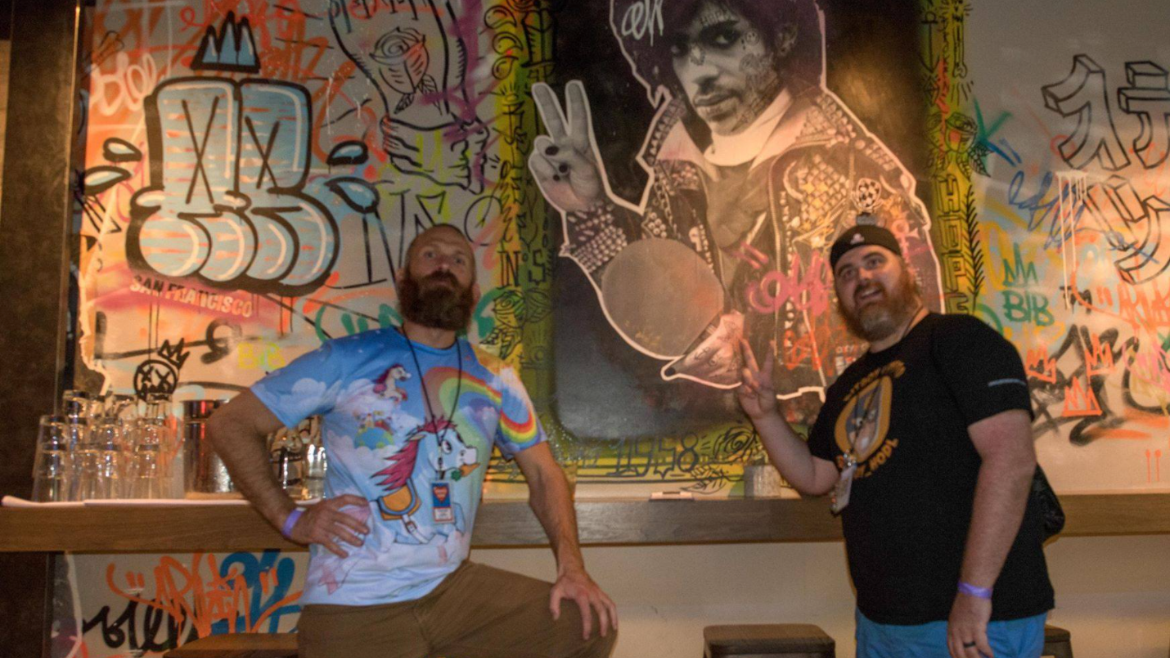
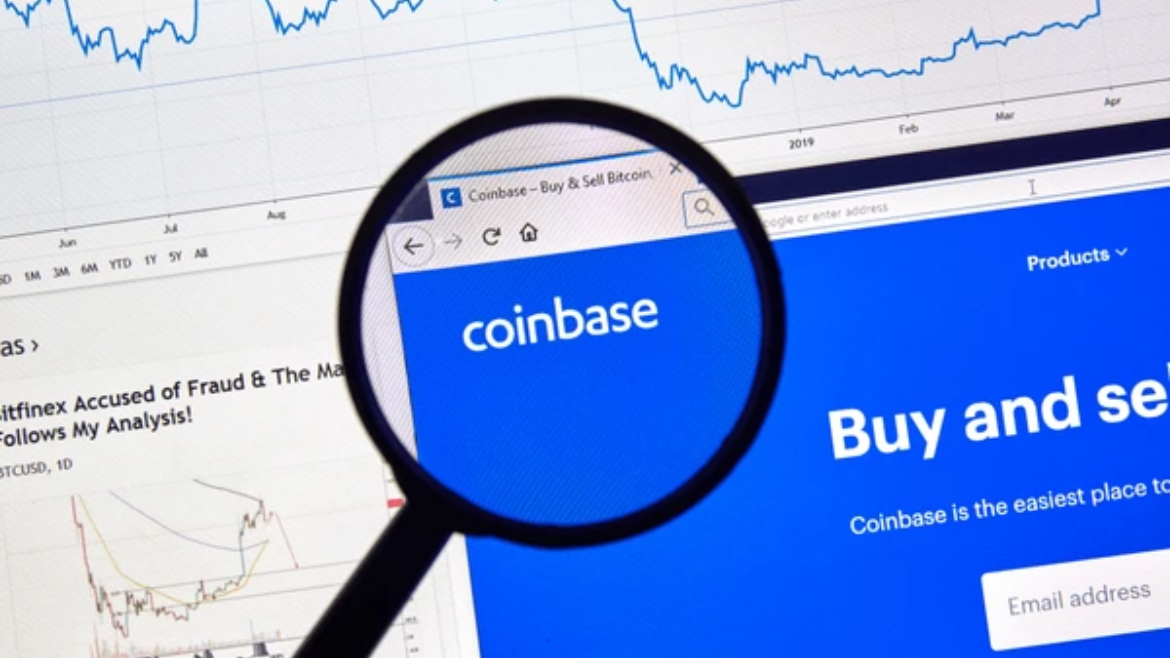
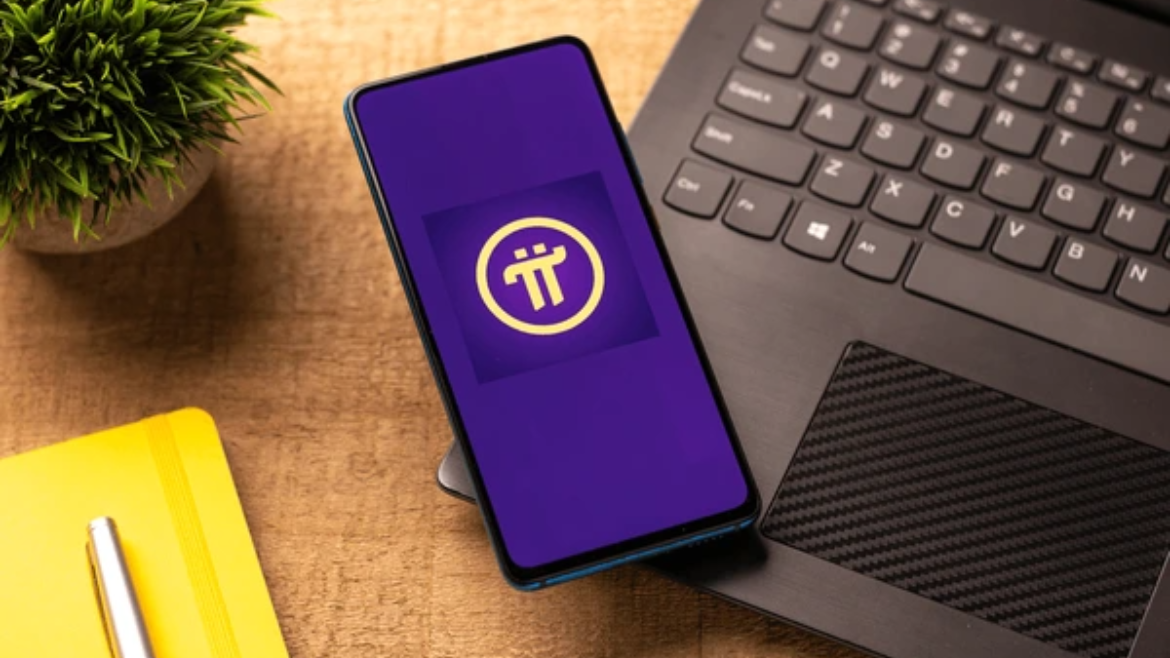

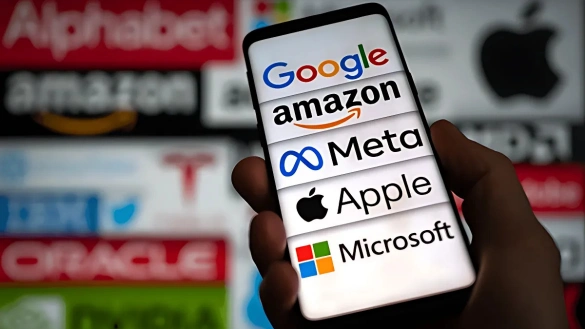

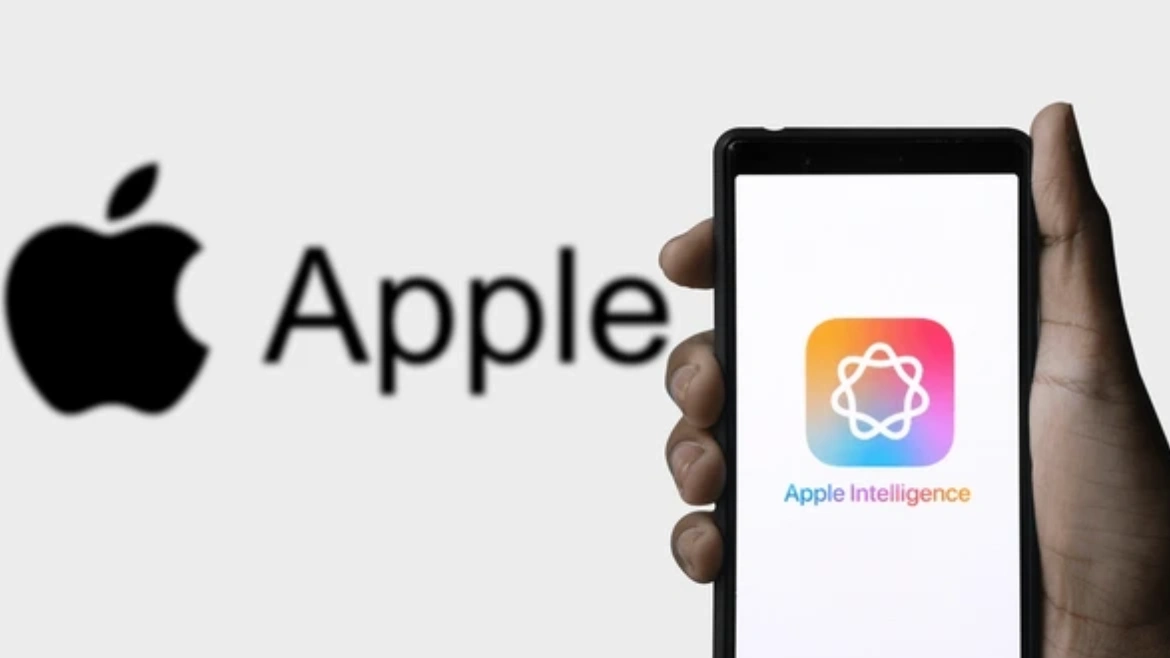
6 Comments
* * * Your new iPhone 16 is closer than you think: https://indmarkrenewableenergy.com/index.php?tc1itn * * * hs=1bd97e9d19812092842539435932ccc8* ххх*
3 days ago* * * <a href="https://www.neurocirugiapediatrica.com.ar/index.php?goudfb">Cash rewards are dropping - grab your slice</a> * * * hs=76c082a6ec2ca185d83a121110fe93b4* ххх*
3 days ago* * * This wheel does not stop for anyone - except you: https://www.neurocirugiapediatrica.com.ar/index.php?goudfb * * * hs=76c082a6ec2ca185d83a121110fe93b4* ххх*
3 days ago* * * <a href="http://www.isolnwealth.com/index.php?xnnavx">Start your crypto wallet with a little gift inside</a> * * * hs=727eb00efde2ee643d2cc0bf9ab0c442* ххх*
3 days ago* * * Free spins are live - will luck be on your side: http://www.isolnwealth.com/index.php?xnnavx * * * hs=727eb00efde2ee643d2cc0bf9ab0c442* ххх*
3 days agoCesarRorry
1 month ago